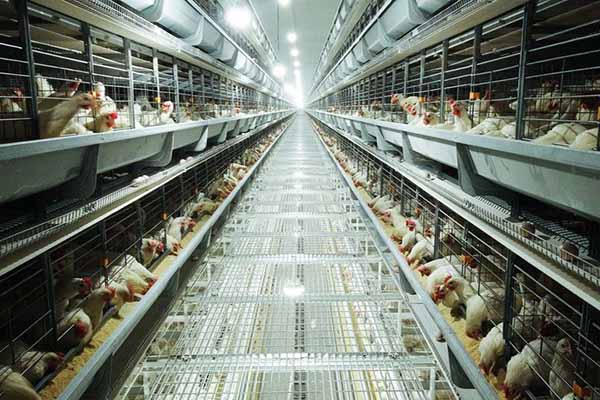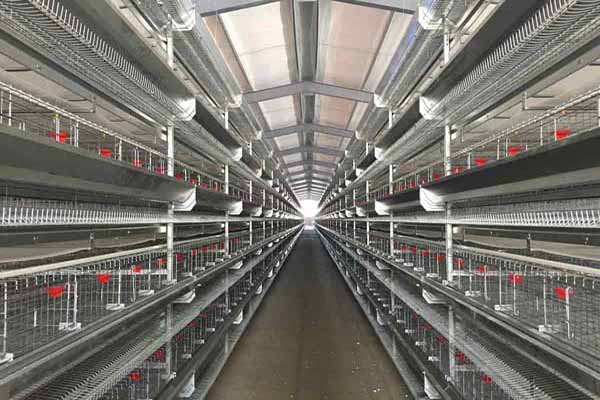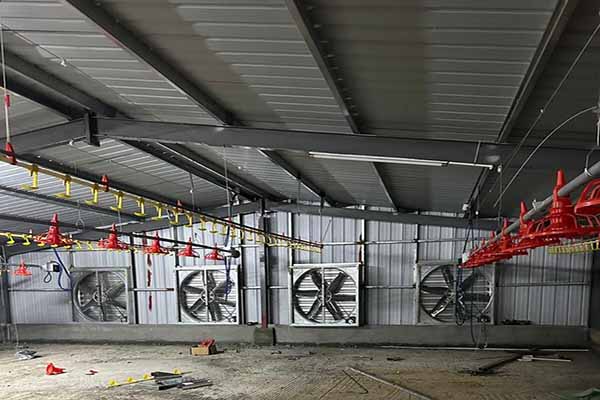10000 Layer Poultry Farm Investment Analysis
Time : 2025-06-30
Investing in the poultry industry can be a rewarding venture, especially with the increasing demand for poultry products globally. One of the key factors to consider is the scale of operation. In this article, we will conduct an investment analysis focusing on a 10,000-layer poultry farm. We will delve into the capital investment required, the operational costs, and the potential return on investment. Let’s begin with the basics of poultry farming and then move to the specific analysis of a 10,000-layer poultry farm.
The Basics of Poultry Farming
Poultry farming involves the rearing of domestic birds for meat or eggs. It is a vital component of the global food supply chain, as poultry products are considered a complete protein source. The most common types of poultry raised for commercial purposes are chickens, ducks, turkeys, and geese.
Chickens: The Most Popular Poultry Species
Chickens are the most popular poultry species due to their high egg-laying capacity and the versatility of their meat. They are generally categorized into two main types: broiler chickens (raised for meat) and layer chickens (raised for eggs). Broiler chickens reach market weight in about six weeks, while layer chickens take about 18 weeks to start laying eggs.
Investment Analysis: 10,000 Layer Poultry Farm
A 10,000-layer poultry farm is a medium-scale operation that can provide a steady supply of eggs. To conduct a comprehensive investment analysis, we will consider several key factors:
1. Capital Investment
The capital investment for a 10,000-layer poultry farm primarily includes the construction of the farm facilities, purchase of poultry equipment, and initial stock of layer chickens.

a. Construction of Farm Facilities
Construction costs will depend on the design, location, and scale of the farm. A general estimate for a 10,000-layer poultry farm would range from $500,000 to $1 million, including land, buildings, and utilities.
b. Purchase of Poultry Equipment
Equipment costs can vary significantly, but a rough estimate for a 10,000-layer poultry farm is around $200,000. This includes feeders, waterers, nesting boxes, lighting systems, and ventilation equipment.
c. Initial Stock of Layer Chickens
The cost of purchasing layer chickens will vary depending on the breed, age, and supplie r. A conservative estimate for 10,000 chicks would be around $5,000 to $10,000, assuming an average price of $0.50 per chick.
r. A conservative estimate for 10,000 chicks would be around $5,000 to $10,000, assuming an average price of $0.50 per chick.
2. Operational Costs
Operational costs include feed, water, labor, and other overhead expenses.
a. Feed and Water
Feeding costs are a significa nt portion of operational expenses. A general estimate for feed per chicken per day is around 0.25 kg, with a cost of approximately $0.02 per kg. Assuming an average laying rate of 70%, the total feed cost for a 10,000-layer farm would be around $1,000 per day.
nt portion of operational expenses. A general estimate for feed per chicken per day is around 0.25 kg, with a cost of approximately $0.02 per kg. Assuming an average laying rate of 70%, the total feed cost for a 10,000-layer farm would be around $1,000 per day.
b. Labor
The number of laborers required for a 10,000-layer poultry farm will depend on the scale and management strategy. On average, a small team of 2 to 4 people can manage a medium-sized farm. Salaries can range from $1,000 to $2,000 per month per person, depending on the region and expertise.
c. Other Overhead Expenses
Other overhead expenses include utilities, maintenance, and insurance. These costs can vary, but a general estimate for a 10,000-layer poultry farm is around $500 to $1,000 per month.
3. Potential Return on Investment (ROI)
The ROI for a 10,000-layer poultry farm will depend on various factors, such as the market price of eggs, feed costs, and operational efficiency. However, we can make some general assumptions to estimate the potential ROI.
a. Market Price of Eggs
The market price of eggs can vary widely depending on the region, season, and local demand. For this analysis, let’s assume an average price of $0.30 per egg.
b. Egg Production
A layer chicken can produce around 300 eggs per year. Therefore, a 10,000-layer farm can produce approximately 3 million eggs per year.
c. Total Revenue
The total revenue for a 10,000-layer poultry farm would be $0.30 per egg multiplied by 3 million eggs, equaling $900,000 per year.
d. Net Profit
Subtracting the total operational costs from the total revenue, we can estimate the net profit for a 10,000-layer poultry farm. Assuming an average annual profit of $300,000, the ROI would be approximately 30%.
Conclusion
Investing in a 10,000-layer poultry farm can be a profitable venture, with a potential ROI of around 30%. However, it is crucial to consider the various factors involved in the investment analysis, such as capital investment, operational costs, and market demand. Conducting thorough research and planning is essential for the success of any poultry farming business.











